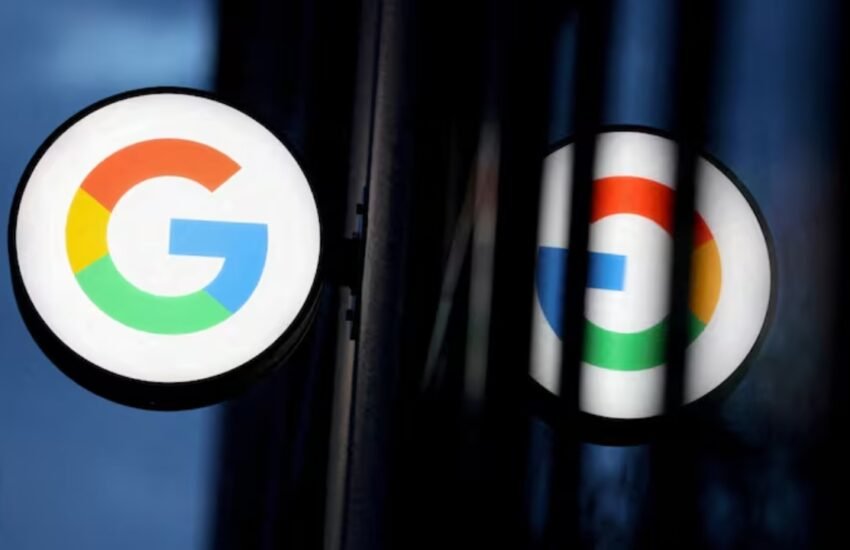If you’re in digital marketing, SEO, or content creation, keeping up with Google’s ecosystem isn’t optional—it’s essential. That’s why the annual Google Search Central APAC event is one of the most anticipated SEO summits in the Asia-Pacific region. The 2025 edition did not disappoint. Over the span of three days, Google’s top engineers and search advocates shared major updates on crawling, indexing, and—most importantly—how search results are actually built and served.
From query understanding to the evolving definition of content quality, Google Search Central APAC 2025 peeled back the curtain on how Google’s search systems really work in a multilingual, mobile-first, AI-enhanced world.
Let’s explore the seven most impactful takeaways from day three—and what they mean for your SEO strategy moving forward.
1. Making Sense of Queries in a Multilingual World
At the core of search is understanding what users want. During the third day of Google Search Central APAC 2025, Cherry Prommawin broke down how Google deciphers intent in real time—even across languages like Chinese or Japanese, where spaces between words don’t exist.
This process, called query segmentation, uses past data and documents to decide where words begin and end. But that’s just step one.
Google then removes irrelevant “stopwords” unless they’re essential—such as in The Lord of the Rings—and expands the query using contextual synonyms. These aren’t dictionary-style synonyms. Instead, they’re trained via user behavior. For instance, Google recognizes that people who search “car hire” often click on “rental car,” so the two become sibling terms in its AI model.
“These invisible relationships help connect users to what they really mean—even when the exact phrasing doesn’t match,” explained Prommawin.
This behind-the-scenes understanding makes Google’s search engine uniquely capable of serving intent—not just text.
2. Understanding What Google Considers ‘High Quality’
What makes content rank? At Google Search Central APAC 2025, Alfin Hotario Ho tackled this age-old question head-on.
While quality is just one signal among hundreds, it remains a critical factor. Google uses four key pillars to assess it:
- Effort – Content must be made with care, clearly demonstrating time and firsthand knowledge.
- Originality – It should introduce something new: unique research, analysis, or perspective.
- Talent or Skill – Well-written or well-produced work, with minimal errors and professional execution.
- Accuracy – Factually correct and aligned with public or expert consensus.
Ho also emphasized the role of the Quality Rater Guidelines, not as ranking rules, but as the benchmark by which Google evaluates system performance. Changes to these guidelines often precede algorithmic shifts.
“From E-E-A-T, trust is the most essential signal, even for non-YMYL content.”
— Alfin Hotario Ho, Google Search Central APAC
This means that even if you’re writing a casual blog about coffee shops, if it’s not trustworthy, Google won’t surface it.
3. Structured Data: Helpful, But Not a Shortcut
One recurring theme was the misunderstanding around structured data. Google addressed this directly during the final session of Google Search Central APAC 2025.
Let’s clear the air:
- Structured data is not a direct ranking factor.
- It can improve how your site appears in search via rich results.
- It must be maintained consistently to remain effective.
- Google can generate rich features even without it—based on content alone.
So, while it’s good to implement, structured data is not a magic bullet. It enhances how your content is presented, not whether it ranks.
4. Behind the Curtain: Serving Infrastructure in Search
One of the most fascinating technical sessions covered what happens after Google indexes your content and before users see the results. The serving infrastructure includes:
- Query Understanding
- Index Selection
- Result Retrieval
- Ranking Algorithms
- Feature Application (like rich results or snippets)
This system is incredibly fast—processing billions of queries per day—but it’s also deeply nuanced. Whether or not rich results show, for example, depends on the query, the device, and even user behavior patterns.
It’s a reminder that ranking well requires optimizing every stage of the funnel—from site structure to schema to user experience.
5. Core Updates: Why Content Needs to Evolve Constantly
Google’s core updates are often misunderstood. Ho explained that these updates don’t target specific sites. Instead, they improve how Google evaluates and ranks all content across the web.
Their goals include:
- Supporting new content formats (short-form video, interactive tools, etc.)
- Broadening content relevance by better identifying high-quality material
- Reducing spam and low-effort content
If your site dips during a core update, you’re not being punished. Rather, others may be rewarded for better aligning with Google’s latest standards. Recovery means reviewing what the top-ranking competitors are doing and adapting accordingly.
“There’s no magic fix—just keep improving, learning, and providing value.”
— Google Search Central APAC 2025
6. Personalization and Context: The Search of One
Personalization is playing a bigger role than ever in search. At Google Search Central APAC, engineers explained how machine learning tailors results to your location, search history, and device.
For example, two users searching “best hotels” might get different answers—one seeing Bali resorts, the other Manhattan penthouses. These results are not randomized—they’re precision-targeted.
This presents a challenge for SEO: content must now resonate both broadly and locally. Tools like Google Search Console and Looker Studio can help you analyze where your traffic is coming from and how personalized features are impacting your performance.
As stated in Brin & Bakshi’s 2022 study on Google Scholar, “The balance between personalization and diversity remains critical to prevent filter bubbles while enhancing engagement.”
7. Spam Fighting: Staying Ahead of Low-Quality Content
Search is a battleground, and not everyone plays fair. Google Search Central APAC 2025 reconfirmed its ongoing war against spam and manipulative content.
There are two types of updates here:
- Spam Updates – Target pages violating guidelines (AI spam, cloaking, scraped content).
- Core Updates – Improve how Google interprets quality and relevance at scale.
To recover from spam penalties, you must eliminate the tactics in question. For core updates, however, the path to recovery is more abstract: improve your site’s overall value, trust, and usability.
Another key point: 404 errors or “noindex” pages are not quality issues. They are technical issues and do not negatively affect rankings unless abused.
Conclusion: Applying Google Search Central APAC Insights to 2025 Strategy
Google Search Central APAC 2025 gave SEO professionals a clearer lens into the future of search. Here’s what it all boils down to:
- Intent-first optimization is more important than keyword density.
- Structured data helps, but only when kept accurate and up to date.
- Personalized and multilingual search is growing—your content should reflect that.
- Quality isn’t just nice—it’s non-negotiable.
- Trust—not just expertise—is the ultimate ranking signal.
If you’re serious about growing your visibility in 2025 and beyond, you need to move beyond checklists and start thinking like Google: Serve people first.
you may also like
The Way Google Web, AI, Search Results Are Transforming Everything



